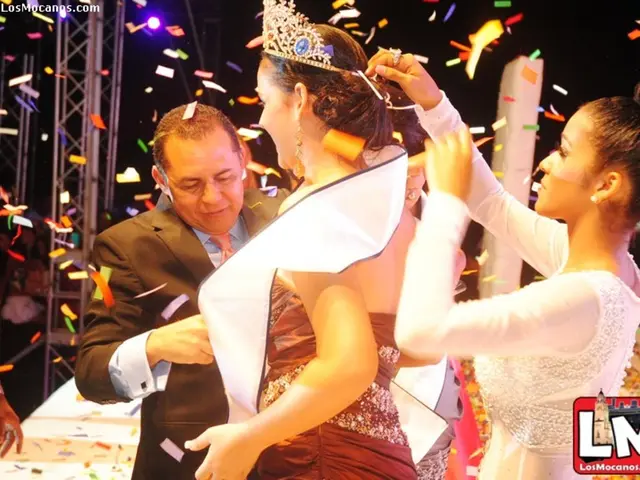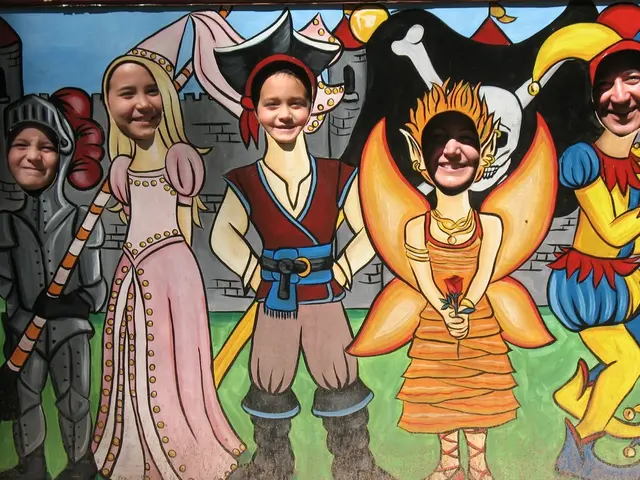Spain's Unique Wordless National Anthem: A Historical Overview
Spain's national anthem, the 'Marcha Real', is unique among its peers. It is an instrumental piece, lacking official lyrics, and is one of only four national anthems worldwide to be wordless.
The 'Marcha Real' was composed in 1761 by Manuel de Espinosa de los Monteros as a military march for the Spanish Infantry. It was later declared the official march of Spain by Charles III in the 1770s, eventually becoming the country's national anthem.
During Franco's dictatorship, fascist poet José María Pemán wrote lyrics for the anthem. These lyrics were used until Franco's death and Spain's transition to democracy. Since then, there have been attempts to set words to the anthem, but none have been officially approved by the Spanish government. In 2008, Spain's Olympic Committee proposed lyrics, but they were widely criticized.
The 'Marcha Real' remains a wordless 16-bar phrase with three official arrangements: for orchestra, military band, and organ. It is typically hummed or 'na na na'd' by audience members during national events. Despite attempts to add lyrics, Spain's national anthem continues to be an instrumental piece, standing out among its international counterparts.
Read also:
- Late-night host Lawrence O'Donnell responds to Jimmy Kimmel's departure with a discussion on a subject "Donald Trump doesn't wish us to examine"
- EU Member States cast their decisions
- Eighteen-Year-Old Speaks Out Against Lowering Voting Age to Sixteen
- King Charles's body language analyst dissects signs of apparent 'impatience' exhibited by Charles towards Trump





